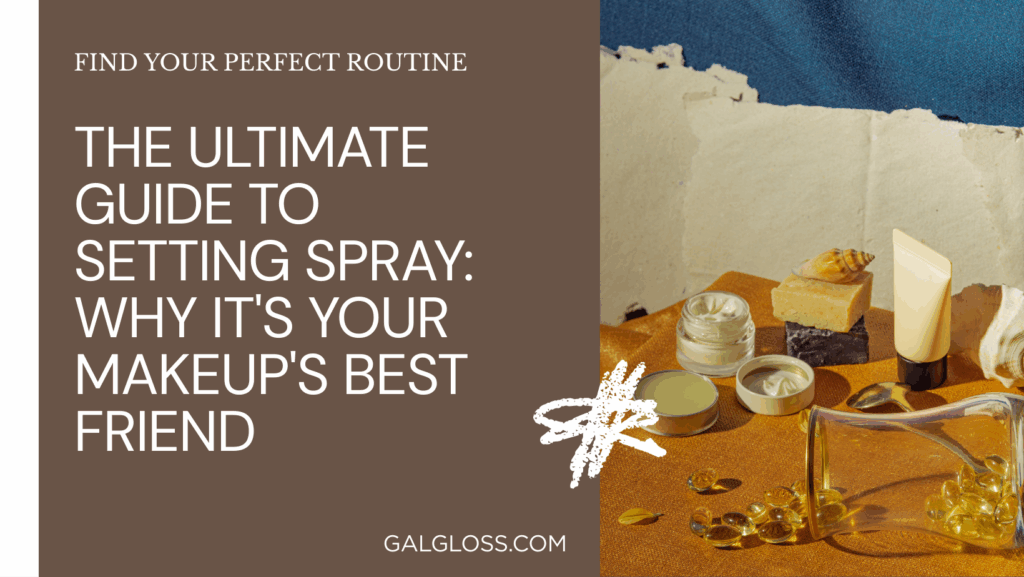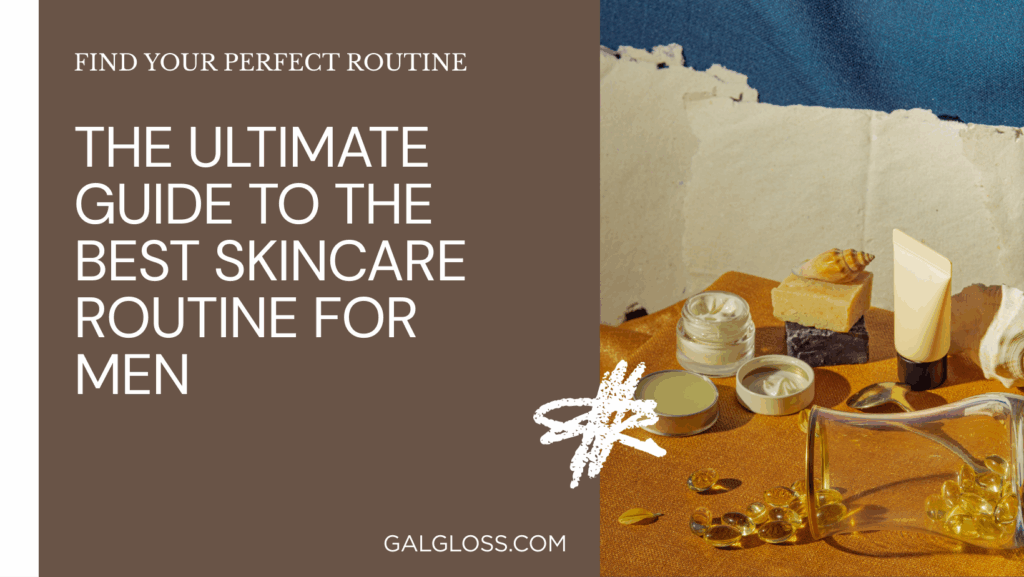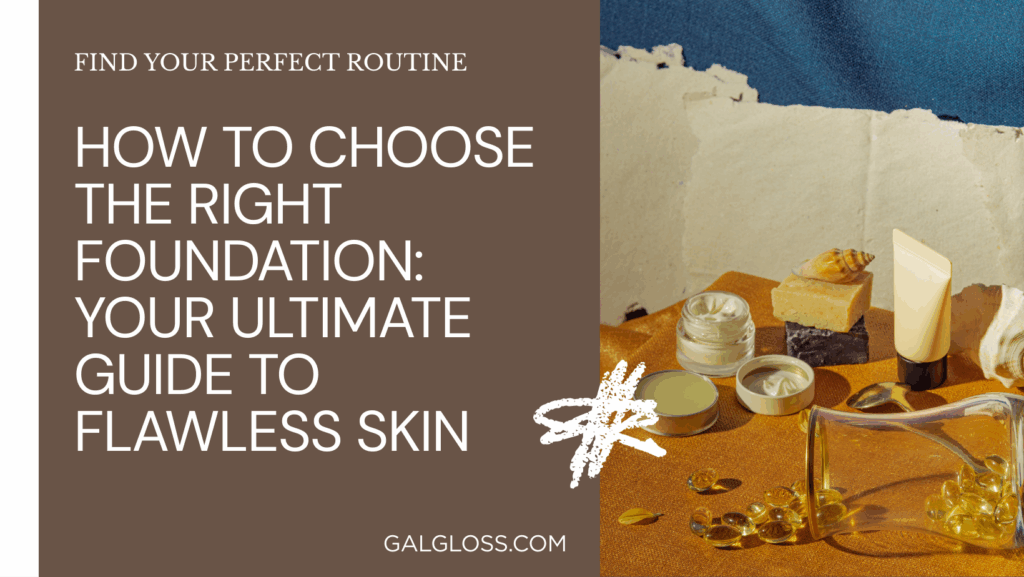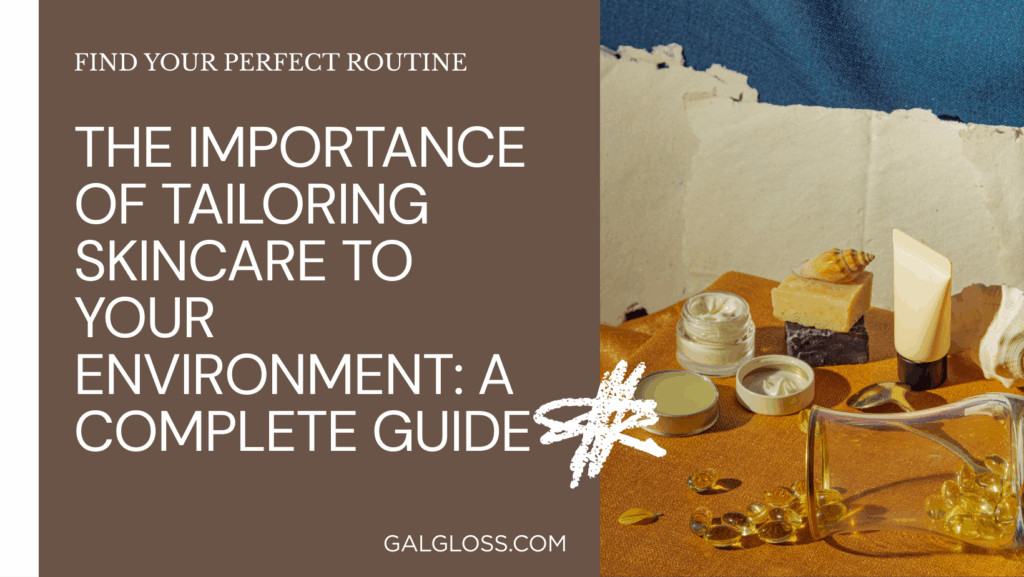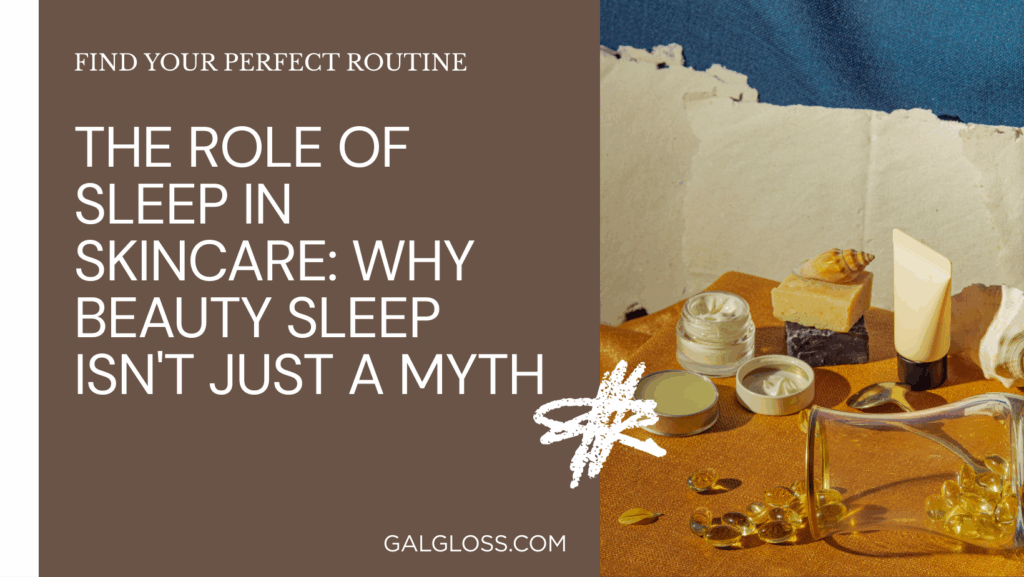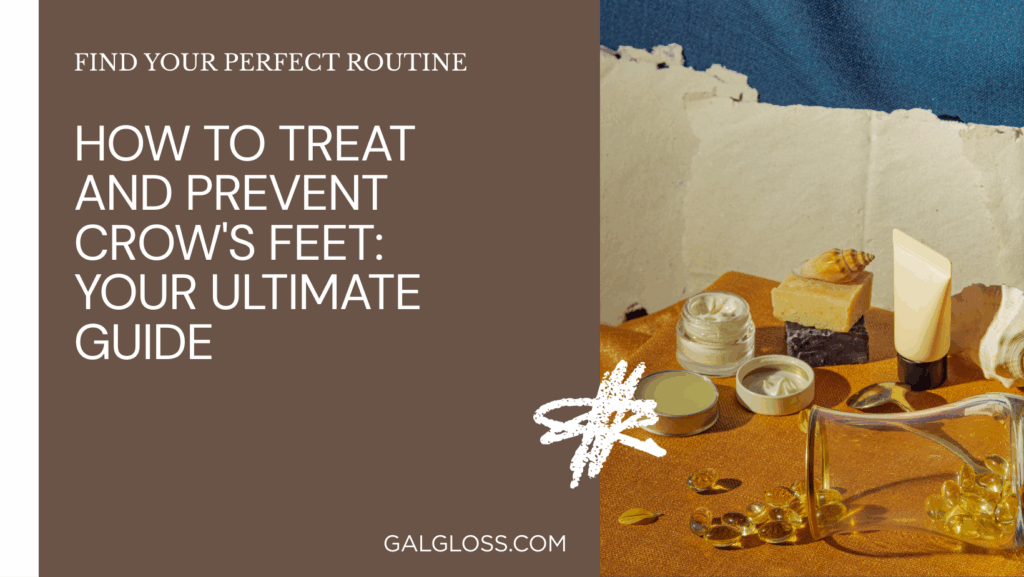Ever felt lost in the skincare aisle, staring at a sea of cleansers? You’re not alone. Picking the right face wash can feel like finding a needle in a haystack. But don’t worry – I’ve got your back.
Choosing the right cleanser isn’t just about keeping your face clean. It’s the foundation of your entire skincare routine. Get it wrong, and you could be setting yourself up for a world of skin woes. But get it right? That’s when the magic happens.
In this guide, we’ll dive deep into the world of cleansers. We’ll explore everything from understanding your skin type to decoding those tricky ingredient lists. By the time we’re done, you’ll be a cleanser connoisseur, ready to find your perfect match.
So, are you ready to unlock the secrets of great skin? Let’s get started on your journey to choosing the right cleanser!
Understanding Your Skin Type
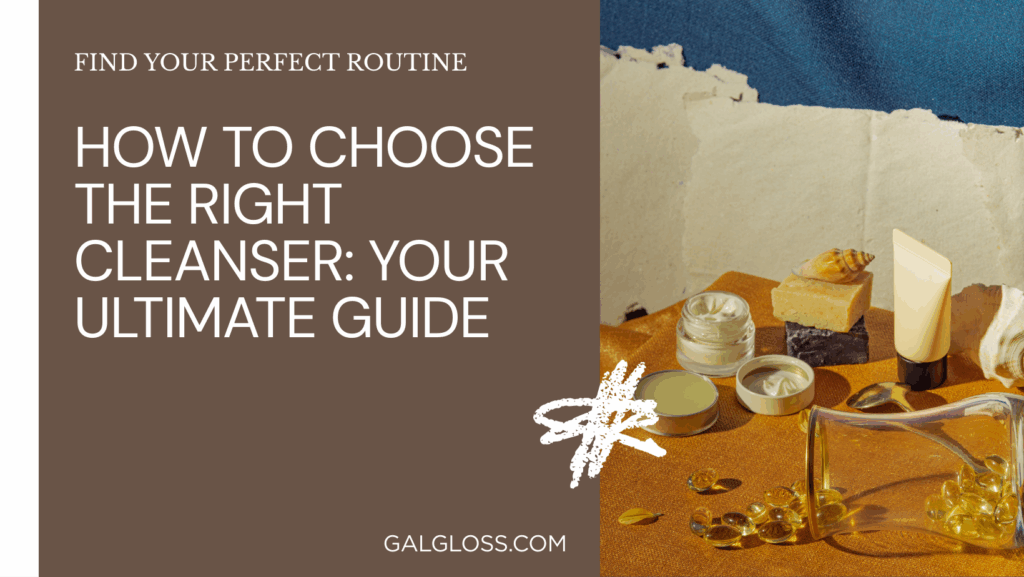
Before we jump into cleansers, let’s talk about you. Or more specifically, your skin. Understanding your skin type is like having a roadmap for your skincare journey. So, what’s your skin’s story?
- Oily Skin: Shiny, prone to breakouts? You might have oily skin. Your skin’s producing extra sebum, which can lead to clogged pores.
- Dry Skin: Feeling tight or flaky? That’s dry skin talking. Your skin needs a hydration boost.
- Combination Skin: Oily T-zone but dry cheeks? Welcome to the combination club. You’re dealing with two skin types in one.
- Sensitive Skin: Does your skin react to everything? Sensitive skin needs extra TLC.
- Normal Skin: Not too oily, not too dry? Lucky you! You’ve got normal skin.
Not sure where you fall? Try this quick test: Wash your face with a gentle cleanser, wait an hour, then press a tissue to your face. If it’s oily all over, you’ve got oily skin. Dry flakes? That’s dry skin. Oil in some spots but not others? Hello, combination skin.
Key Ingredients to Look For
Now that you know your skin type, let’s talk ingredients. Think of your cleanser as a recipe – the right ingredients can make all the difference.
For oily skin:
- Salicylic acid: This superstar unclogs pores
- Glycolic acid: Gently exfoliates
- Tea tree oil: Nature’s acne fighter
Dry skin folks, look for:
- Hyaluronic acid: Hydration station
- Ceramides: Locks in moisture
- Glycerin: Another hydration hero
Sensitive skin? Seek out:
- Aloe vera: Soothes and calms
- Chamomile: Nature’s anti-inflammatory
- Colloidal oatmeal: Gentle and soothing
And for combination skin:
- Niacinamide: Balances oil production
- Vitamin E: Moisturizes without clogging pores
Remember, what you leave out is just as important as what you put in. Steer clear of harsh sulfates, artificial fragrances, and alcohol if you’ve got sensitive or dry skin.
Types of Cleansers
Ready to meet the cleanser family? There’s a whole squad to choose from:
- Gel Cleansers: Light and refreshing, these are great for oily and combination skin. They foam up nicely and leave you feeling squeaky clean.
- Foam Cleansers: Another winner for oily skin types. They lather up to remove excess oil and grime.
- Cream Cleansers: Dry skin’s best friend. They’re rich and moisturizing, cleaning without stripping your skin.
- Oil Cleansers: Don’t let the name scare you! These are amazing for all skin types, even oily. They break down makeup and sunscreen like a dream.
- Micellar Water: The lazy girl’s (or guy’s) holy grail. No rinsing required, it’s perfect for quick cleansing or removing makeup.
Considering Your Skin Concerns
Beyond skin type, what’s your skin worried about? Let’s address some common concerns:
- Acne-prone skin: Look for non-comedogenic cleansers with salicylic acid or benzoyl peroxide.
- Aging skin: Opt for gentle, hydrating cleansers with antioxidants like vitamin C.
- Hyperpigmentation: Try cleansers with brightening ingredients like kojic acid or licorice root.
- Rosacea: Stick to ultra-gentle, fragrance-free cleansers with soothing ingredients.
Remember, your cleanser is just one piece of the puzzle. For serious skin concerns, it’s always best to chat with a dermatologist.
How to Use Your Cleanser Correctly
You’ve got your cleanser. Now what? Let’s break down the perfect cleansing routine:
- Wet your face with lukewarm water. Hot water can strip your skin, while cold water doesn’t clean as effectively.
- Squeeze a dime-sized amount of cleanser into your palm.
- Gently massage the cleanser into your skin using circular motions. Don’t forget your neck!
- Rinse thoroughly with lukewarm water.
- Pat (don’t rub!) your face dry with a clean towel.
Pro tip: Cleanse for at least 60 seconds. Think of it as a mini facial massage!
When to Use Different Cleansers
Should you use the same cleanser morning and night? Not necessarily.
- Morning: A gentle cleanser is usually enough. Your skin doesn’t get dirty while you sleep!
- Evening: This is when you bring out the big guns. Use a more thorough cleanser to remove makeup, sunscreen, and the day’s grime.
Ever heard of double cleansing? It’s a game-changer for makeup wearers and sunscreen lovers. Start with an oil-based cleanser to break down makeup and sunscreen, then follow with a water-based cleanser to remove any remaining residue.
Budget-Friendly vs. Luxury Options
Do you need to break the bank for good skin? Not at all! While some luxury cleansers are worth the splurge, there are plenty of affordable options that do the job beautifully.
What matters most is the ingredients, not the price tag. A $10 cleanser with the right ingredients for your skin can outperform a $100 one that’s not suited to your needs.
Some budget-friendly favorites:
- CeraVe Foaming Facial Cleanser
- Neutrogena Ultra Gentle Daily Cleanser
- The Ordinary Squalane Cleanser
Remember, expensive doesn’t always mean better. It’s all about finding what works for your skin.
Reading Product Labels
Decoding skincare labels can feel like learning a new language. Here’s your crash course:
- Ingredients are listed in order of concentration. The first few ingredients make up the bulk of the product.
- Look for your skin type or concern in the product description.
- “Non-comedogenic” means it won’t clog pores.
- “Hypoallergenic” products are less likely to cause allergic reactions.
- “Fragrance-free” is not the same as “unscented”! Unscented products may still contain masking fragrances.
Red flags to watch out for:
- Alcohol denat. or SD alcohol: These can be drying and irritating.
- Sodium Lauryl Sulfate (SLS): A harsh detergent that can strip your skin.
- Artificial fragrances: These can irritate sensitive skin.
Patch Testing and Introducing New Products
Found a cleanser that sounds perfect? Hold your horses! Before you slather it all over your face, do a patch test.
Here’s how:
- Apply a small amount of the product to your inner arm or behind your ear.
- Wait 24-48 hours.
- If you don’t see any redness, itching, or irritation, you’re good to go!
When introducing a new cleanser, start slow. Use it every other day at first, then gradually increase to daily use. This gives your skin time to adjust and helps you spot any adverse reactions early.
Adjusting Your Cleanser with the Seasons
Just like you swap out your wardrobe when the seasons change, your skincare routine might need a seasonal update too.
- Summer: Opt for lighter, gel-based cleansers. Oily skin types might need to cleanse more frequently.
- Winter: Switch to creamier, more hydrating cleansers. Your skin tends to be drier in cold weather.
Listen to your skin. If it’s feeling tight or dry, you might need a gentler cleanser. Feeling extra oily? A more clarifying cleanser could help.
Cleansers for Special Situations
Life isn’t one-size-fits-all, and neither is cleansing. Here are some special situations you might encounter:
- Removing makeup: Oil cleansers or micellar water are your best bet. They break down makeup without harsh rubbing.
- Post-workout cleansing: Keep some cleansing wipes or micellar water in your gym bag for a quick refresh.
- Travel-friendly options: Solid cleansing balms or cleansing sticks are great for travel. No liquids to worry about!
When to See a Dermatologist
While the right cleanser can work wonders, sometimes you need professional help. Consider seeing a dermatologist if:
- Your skin concerns persist despite trying different cleansers
- You’re experiencing severe acne, rosacea, or other skin conditions
- You’re not sure what your skin type is
- You have allergic reactions to many skincare products
A dermatologist can provide personalized advice and may even prescribe medical-grade skincare if needed.
Conclusion
Whew! We’ve covered a lot of ground, haven’t we? From understanding your skin type to decoding ingredient lists, you’re now armed with the knowledge to choose the right cleanser.
Remember, finding your perfect cleanser is a journey, not a destination. Your skin’s needs can change over time, so don’t be afraid to switch things up if something’s not working.
The key takeaways?
- Know your skin type
- Understand your skin concerns
- Read those ingredient lists
- Don’t be swayed by fancy packaging or high prices
- Always patch test
- Listen to your skin
Most importantly, be patient and kind to your skin. It might take some trial and error, but with persistence, you’ll find the cleanser that makes your skin sing.
So go forth and cleanse with confidence! Your perfect cleanser is out there, waiting to reveal your best, most radiant skin. Happy cleansing!
